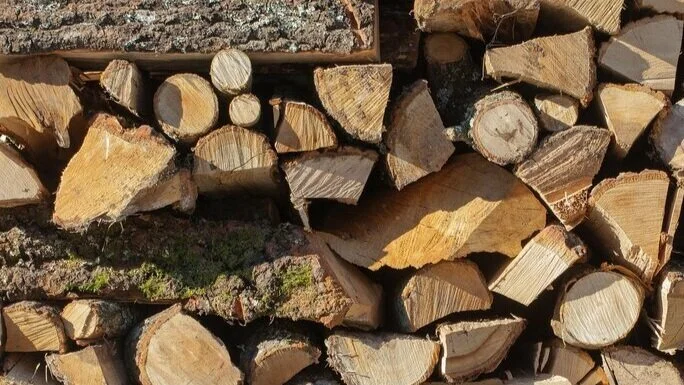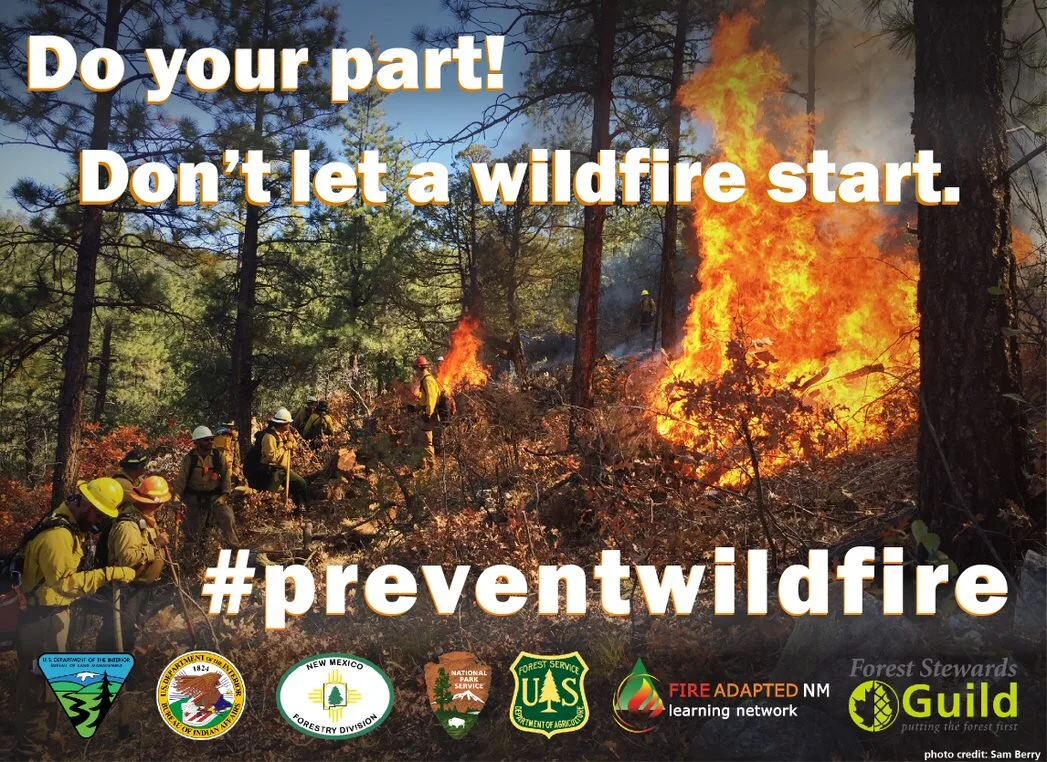Happy Wednesday Fireshed Members!
We hope you are staying cool despite this hotter weather and staying alert to air quality warnings. Given the smoky conditions we’ve been experiencing the past few weeks we wanted to share with you some smoke-specific resources so you can be prepared and healthy this fire season!
This Wildfire Wednesday features:
Smoke Preparedness Resources (including information on the HEPA loan filter program)
DIY box fan air filter to improve home air quality
Upcoming webinar of interest - Prescribed Fire Smoke and Community Health: Successes From Smoke Ready Communities
An additional resource on fireshed-specific analysis on fuel treatments
Liz
Smoke Preparedness Resources
There is a lot of information available regarding smoke preparedness. Here we’re sharing some of our favorite resources (some of which you may have visited before) to help you learn about what you need to do in your home so you can be healthy despite the smoke.
Recommended reading: The Fire Adapted New Mexico Learning Network has compiled relevant resources for learning about smoke preparedness, smoke impacts, and current air quality information. There is also information available on this website about the HEPA filter loan program which provides filters to sensitive individuals during periods of high smoke impact in some areas of Northern New Mexico.
Click here to read more about Smoke from the Fire Adapted New Mexico Learning Network
Recommended watch: This 1-hour video featuring Gabe Kohler (FACNM; Forest Stewards Guild) and Alison Lerch (Fire Adapted Communities Learning Network; Coalitions in Collaboratives) is an interview-style webinar addressing questions about smoke and community preparedness.
Smoke-filled skies in Albuquerque during the 2019 wildfire season (Photo credit: KRQE)
Photo Credit: Cody Nelson
DIY Box Fan Filter
It’s those who are the most vulnerable in our communities that suffer disproportionate impacts from wildfires and smoke. During the Medio Fire, in the midst of the COVID-19 pandemic, air filters were widely unavailable. A group of indigenous women (Three Sisters Collective) took it upon themselves to make their own box fan filters for at-risk community members, click here to read more about how this effort worked in their community. These inexpensive ($22-40) filters can reduce harmful materials in the air from wildfire smoke by up to 95% and are a good alternative when HEPA filters are unavailable or too expensive for a household.
Click on these resources below to learn how to build your own box fan filter:
Confederated Tribes of the Coolville Reservation Air Quality Program
Upcoming Webinar:
Join the Fire Adapted Communities Learning Network on Wednesday June 23rd at 11am MDT for their upcoming interactive and informational webinar Prescribed Fire Smoke and Community Health: Successes from Smoke Ready Communities as part of their Living with Wildland Fire series. This webinar will feature four communities who are “directly addressing this impact through communication and messaging efforts that help communities, especially sensitive and vulnerable populations, prepare to receive and live through smoke events”
Relevant Fireshed Resource: Triple Bottom Line Analysis of Fuel Treatments
Photo credit: The Greater Santa Fe Fireshed Coalition
“The U.S. Forest Service engaged Earth Economics to conduct an analysis of the social, environmental, and economic benefits that the fireshed provides for the surrounding community, and to explore the impact of the proposed fuel reduction treatment on these benefits. This study seeks to capture the costs and benefits of the proposed treatments to inform and prioritize fuel reduction decision-making.
This conservative analysis found that the proposed fuel treatments are estimated to generate between $1.44–$1.67 in benefits for every dollar invested in treatment. The majority of these benefits directly accrue to the Santa Fe community, through avoided air quality impacts, recreational losses, damages to structures, and source water impacts. The remaining benefits accrue to public agencies at the state and national level or to the global community (in the case of avoided carbon emissions).”



















